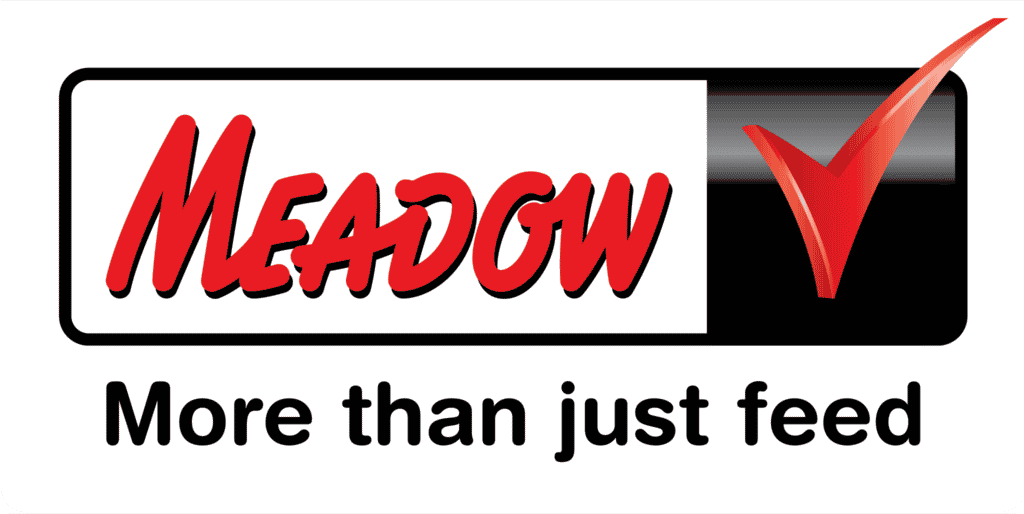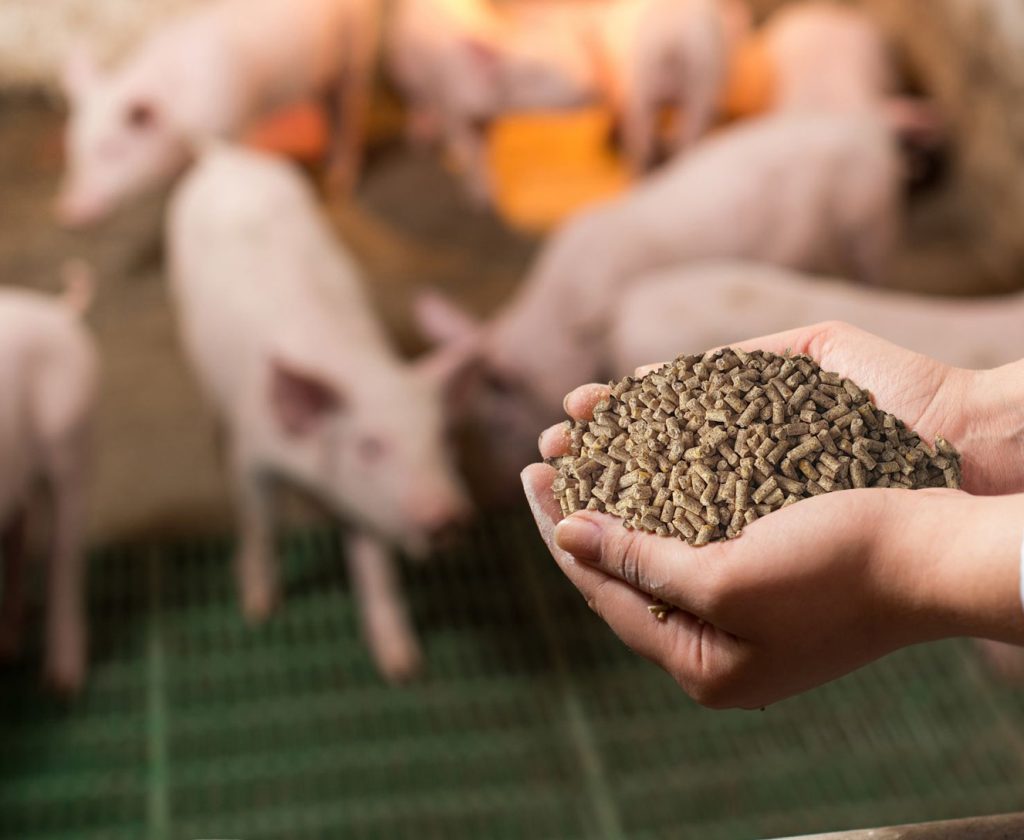Modern swine production systems have become highly intensive to maximise animal productivity. The higher intensiveness and productivity can subject pigs to higher levels of stress. A number of significant factors during the weaning process contribute to stress, such as mixing pigs into larger groups, overstocking of pigs, and environmental and nutritional changes. Elevated stress levels predispose pigs to a weakened immune system and a higher possibility of contracting diseases such as Escherichia coli. Cleaning and disinfection programmes, nutritional interventions, and the use of vaccines and antibiotics are the most powerful practices currently used to combat Escherichia coli infections.
As a result of the extra cost of using antibiotics and the potential for a build-up of resistance to antibiotics, producers are often looking for nutritional and management interventions as a solution to control E. coli infections. In addition to maximising the performance of pigs during the nursery phase, nutritional interventions have become increasingly popular to improve the health of pigs during the weaning process. Some of these nutritional strategies are discussed below, including the optimisation of feed formulation as well as the use of selected feed ingredients and feed additives.
Optimisation of the feed formulation
Lowering total crude protein in the diet
When crude protein is too high in a diet fed for a specific physiological stage, a higher percentage of undigested protein can enter the large intestine. This causes a disruption to the microbiome and production of diarrhetic compounds such as ammonia and amines. Making use of more digestible protein sources can help maintain pig performance and improve gut health, albeit in an overall lower crude protein diet.
Using the correct soya oilcake meal inclusion during the nursery phase
Diets including soya oilcake meal are traditionally fed to pigs due to the high protein levels within soya oilcake. However, soya oilcake can also contain antinutritional factors, some of which are toxic to pigs and reduce nutrient digestibility. It is important to introduce higher levels of soya oilcake meal in a timely manner and to utilise a good-quality and well-processed source of soya oilcake.
Introducing different types of fibre
Fibre has prebiotic properties that stimulate the production of ‘good’ or ‘favourable’ bacteria, which out-compete pathogenic bacteria. The correct level and combination of both soluble and insoluble fibre sources can help to promote gastrointestinal health.
The use of feed ingredients and feed additives
The use of zinc oxide
Zinc inhibits E. coli adhesion to the gut receptor cells, resulting in reduced diarrhoea. Zinc oxide also enhances disease resistance to E. coli infections, resulting in improved growth performance.
Inclusion of organic acids in the feed
Organic acids can be used to lower the dietary pH of the pig’s digestive tract. This lowers the potential for growth of pathogens.
Acidifying the drinking water
Adding a combination of acids such as lactic, acetic, formic, and propionic acid to the drinking water helps to reduce the pH of the water, thereby reducing animal excretion of faecal E. coli.
Functional amino acids
Amino acids such as arginine, glutamine, glutamate, and praline play important roles in the regulation of gene expression, intracellular signalling pathways, nutrient metabolism, and oxidative defence, helping to fight against E. coli infections.
Phytochemicals
Studies have shown that certain secondary plant metabolites can exhibit antimicrobial, antioxidant, anti-inflammatory, and antiviral effects.
Prebiotics and probiotics
Prebiotics boost the production of beneficial bacteria, which inhibit the growth of pathogenic bacteria. Probiotics are live microbial fed supplements that alter the microbiome in the digestive system through the direct feeding of beneficial bacteria.
Short- and medium-chain fatty acids
These fatty acids are produced by hindgut fermentation of fibre. They are essential for the metabolism and health of epithelial gut cells. Unhealthy gut cells can easily be destroyed by E. coli.
Concluding remarks
The use of certain feed ingredients and additives can play an important role in maintaining pigs’ health. It is important to remember that this health status begins when the piglet is still suckling on the sow. Strategies such as creep feeding prior to weaning and overall sow health will impact the health of the weaned pig. A healthy pig, pre- and post-weaning, is less susceptible to an E. coli challenge. The best way to manage E. coli complications on a farm is to incorporate the collaboration of veterinarians, nutritionists, and farm managers to bring together solutions that will work for the specific farm.
Click here to view the Meadow Feeds pig product range.




